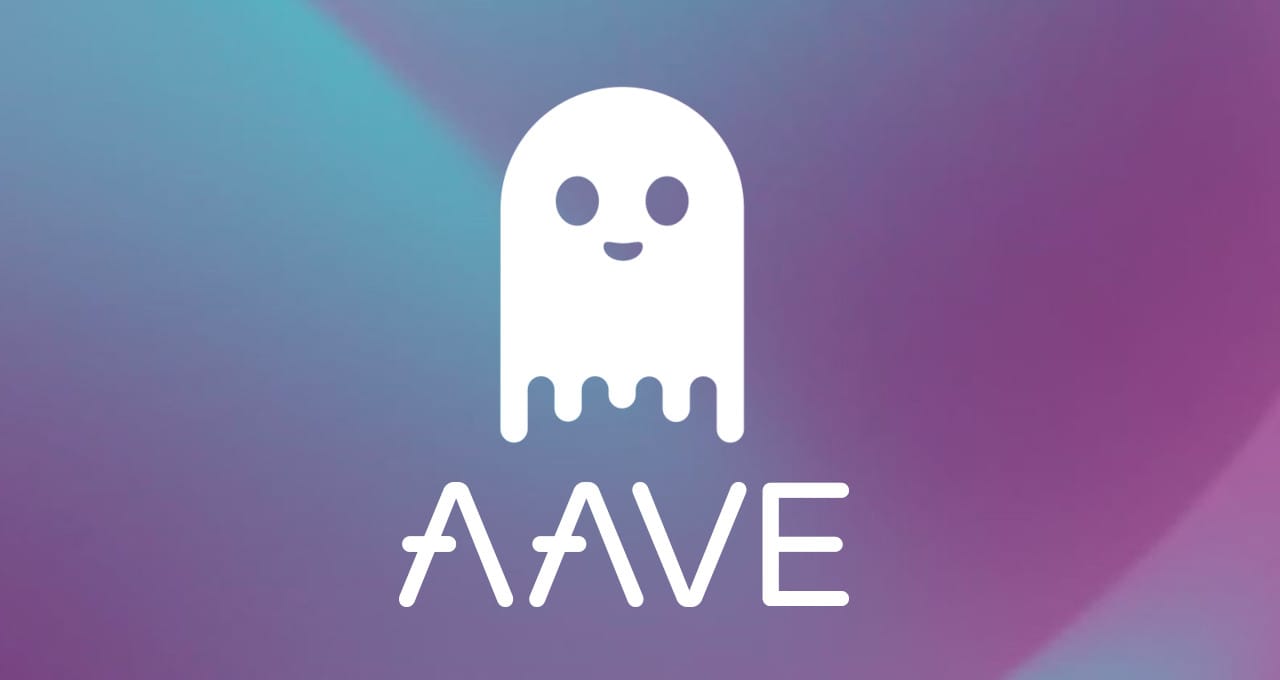Aave, often cited as one of the pioneering decentralized finance (DeFi) protocols, is currently undergoing a fascinating phase—not just in terms of price appreciation but also through improving metrics that signal strong market potential. But what exactly is Aave, and should you consider investing in it? This article unpacks the core features, strengths, and challenges of Aave to help you decide if it deserves a spot in your crypto portfolio.
What is Aave?
Aave is a well-established DeFi protocol that essentially acts as a decentralized bank in the crypto world. Launched several years ago, it has earned its reputation as one of the oldest and most reliable lending platforms. The protocol’s core function is facilitating loans: users can borrow cryptocurrency by providing collateral, or lend their assets to earn interest.
Aave’s two primary products include:
- Lending Protocol: This is Aave’s flagship offering where users can deposit funds to lend or borrow crypto-backed loans.
- Stablecoin (GHO): Although Aave introduced its own stablecoin, GHO, it hasn’t gained significant traction compared to the lending product.
How Does Aave Work?
The lending process on Aave differs from traditional banks but keeps the same fundamental borrowing concept. For instance, if you want to borrow funds but hold mostly Bitcoin and do not wish to sell it, you can deposit your Bitcoin as collateral in the Aave protocol. Based on a certain loan-to-value (LTV) ratio, you receive a loan in another cryptocurrency without liquidating your Bitcoin holdings.
Here’s a simplified example:
- Suppose you deposit $20,000 worth of Bitcoin.
- You can borrow up to $10,000 against this collateral.
- Instead of selling your Bitcoin, this mechanism allows you to leverage your holdings.
- If the value of your collateral rises, you might repay your loan by selling only a fraction of the appreciated collateral, maintaining overall exposure to Bitcoin’s growth potential.
Similarly, if you have idle cryptocurrency funds, you can deposit them into Aave’s liquidity pool and earn passive income by collecting interest from borrowers.
The Strengths of Aave
- Market Leadership: Aave controls approximately 80% of the DeFi lending market share, making it by far the dominant protocol in this sector. Its vast volumes—up to $40 billion in deposited capital—testify to its user trust and systemic importance.
- Proven Security and Reliability: As one of the earliest DeFi protocols, Aave has a solid track record with minimal security incidents, bolstering investor and user confidence.
- Robust Passive Income Opportunities: Lenders earn steady interest by providing liquidity to the platform, offering attractive yields compared to traditional finance.
- Innovative DeFi Use Cases: Aave enables users to leverage assets, take flash loans, and engage in yield farming strategies, all without centralized intermediaries.
The Challenges and Risks
While Aave is a giant in the DeFi space, it faces several key challenges:
- Market Saturation: Holding 80% market dominance means growth opportunities are narrowing. Scaling further requires innovation or expansion into new markets, which involves risks and uncertainties.
- Competitive Pressure: Newer DeFi protocols with novel features continue to emerge, targeting user segments that seek more specialized or niche services.
- Volatility and Liquidation Risks: Borrowers using volatile cryptocurrencies as collateral face the risk of liquidation during price downturns, which can discourage lending activities and increase platform risk.
- Regulatory Uncertainty: As governments focus more on DeFi, evolving regulations could impact Aave’s operations, especially concerning lending and collateral requirements.
Is Aave Worth the Investment?
If you’re looking for an investment in a foundational DeFi protocol with long-term viability, Aave presents a compelling proposition:
- Its established infrastructure and dominant market share offer relative safety compared to newer or less proven DeFi tokens.
- The growing interest in decentralized lending and borrowing highlights a sustainable use case.
- Passive income through lending activities appeals to investors seeking yield in a low-interest-rate world.
However, consider that rapid growth spurts are less likely due to market saturation. Potential investors should balance expectations of steady, measured gains with the understanding that explosive returns may be limited unless the protocol innovates significantly.
Conclusion
Aave stands as a cornerstone of DeFi lending, blending innovation with proven trustworthiness. Its market leadership and fundamental importance indicate a strong investment case, especially for those seeking exposure to decentralized finance’s core infrastructure. Yet, investors must weigh the limited growth potential in an already matured market against Aave’s stability and income-generating capabilities.
Ultimately, whether Aave is the right investment hinges on your risk tolerance, portfolio strategy, and belief in the long-term growth of decentralized finance.
Disclosure: This article is for informational purposes only and does not constitute financial advice. Always conduct your own research or consult with a financial advisor before making investment decisions.
By Wolfy Wealth - Empowering crypto investors since 2016
Subscribe to Wolfy Wealth PRO
Disclosure: Authors may be crypto investors mentioned in this newsletter. Wolfy Wealth Crypto newsletter, does not represent an offer to trade securities or other financial instruments. Our analyses, information and investment strategies are for informational purposes only, in order to spread knowledge about the crypto market. Any investments in variable income may cause partial or total loss of the capital used. Therefore, the recipient of this newsletter should always develop their own analyses and investment strategies. In addition, any investment decisions should be based on the investor's risk profile.

